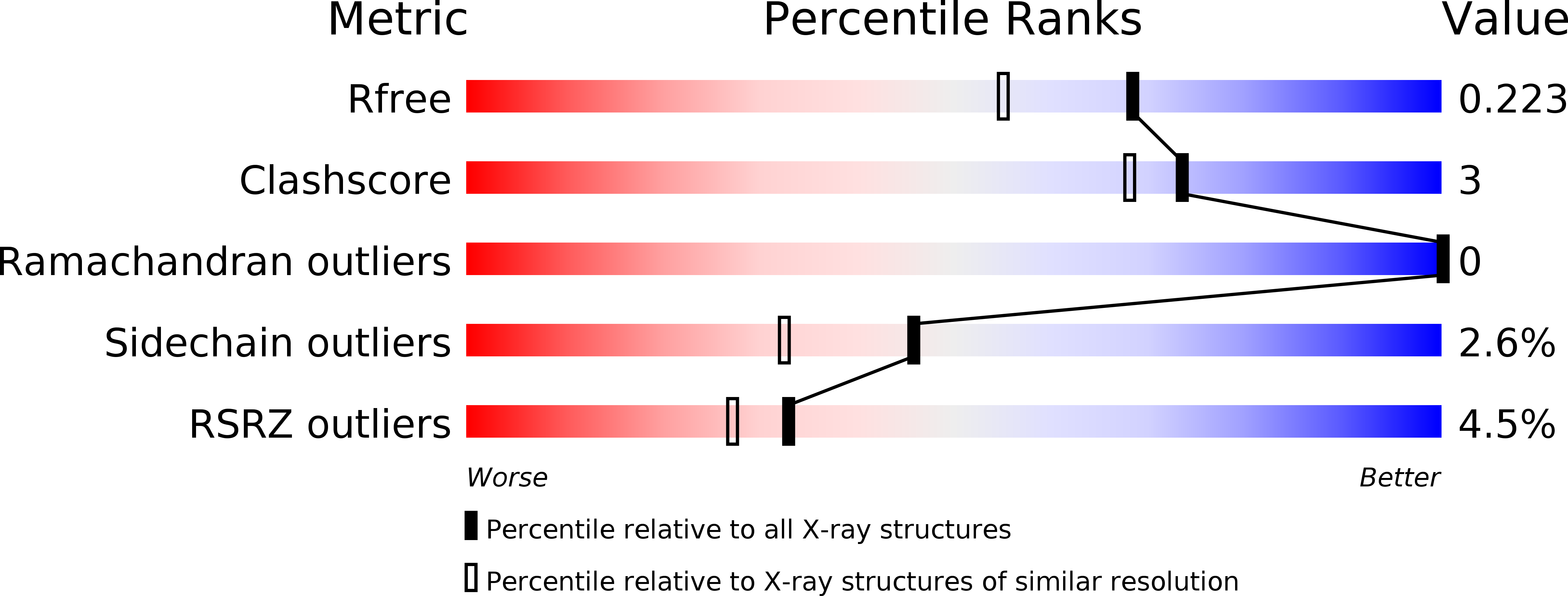
Deposition Date
2020-03-25
Release Date
2020-08-26
Last Version Date
2023-11-29
Entry Detail
PDB ID:
7BQV
Keywords:
Title:
Cereblon in complex with SALL4 and (S)-5-hydroxythalidomide
Biological Source:
Source Organism:
Homo sapiens (Taxon ID: 9606)
Host Organism:
Method Details:
Experimental Method:
Resolution:
1.80 Å
R-Value Free:
0.22
R-Value Work:
0.19
R-Value Observed:
0.19
Space Group:
C 2 2 21


